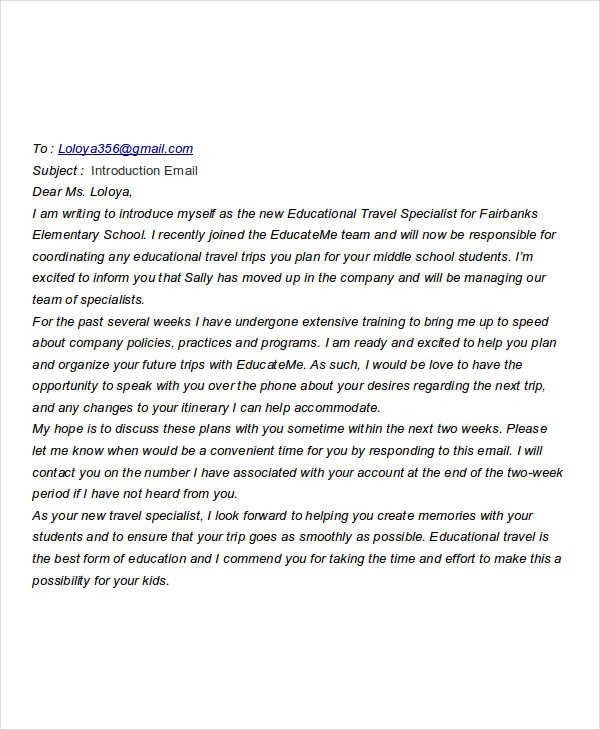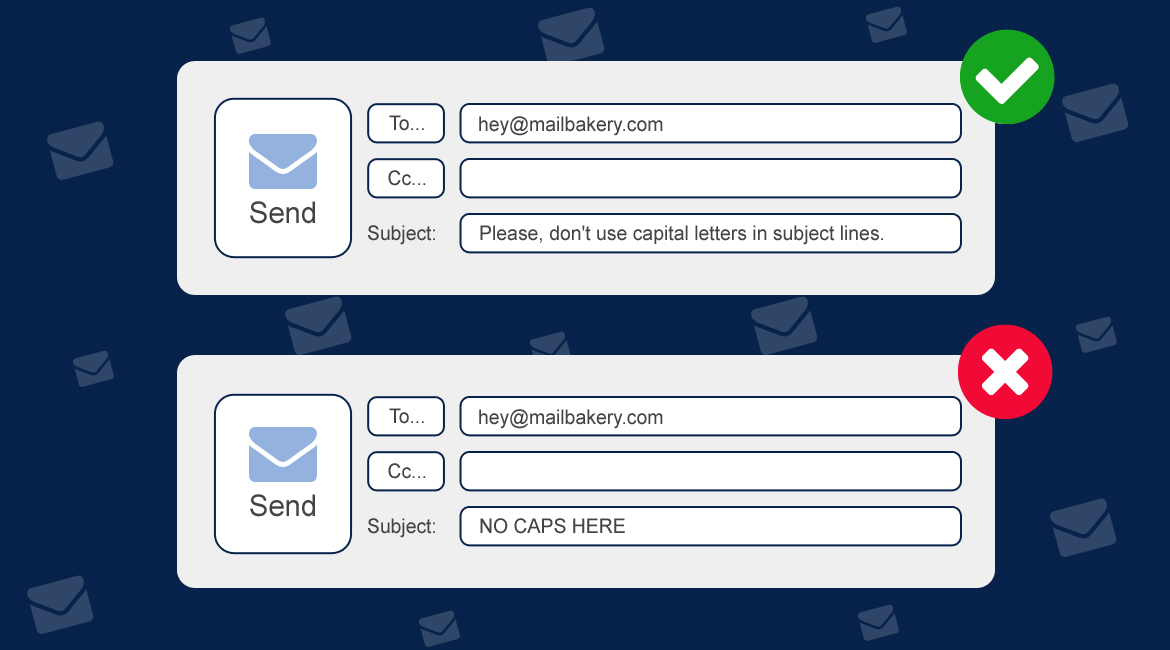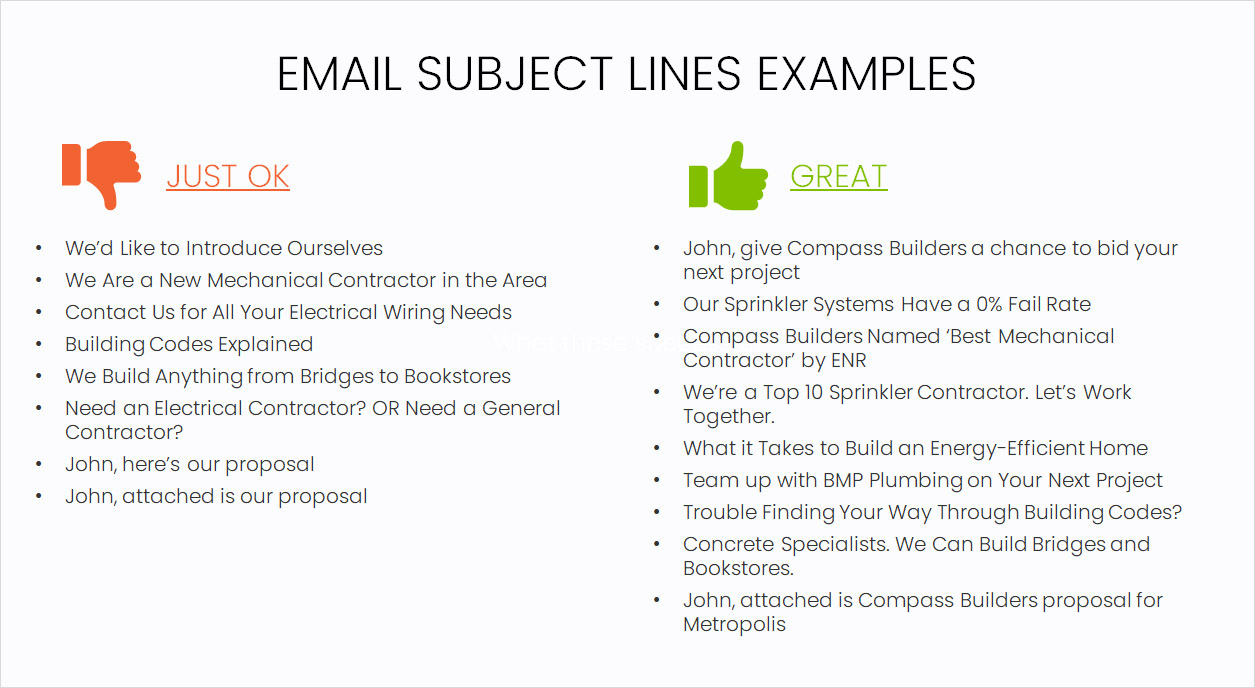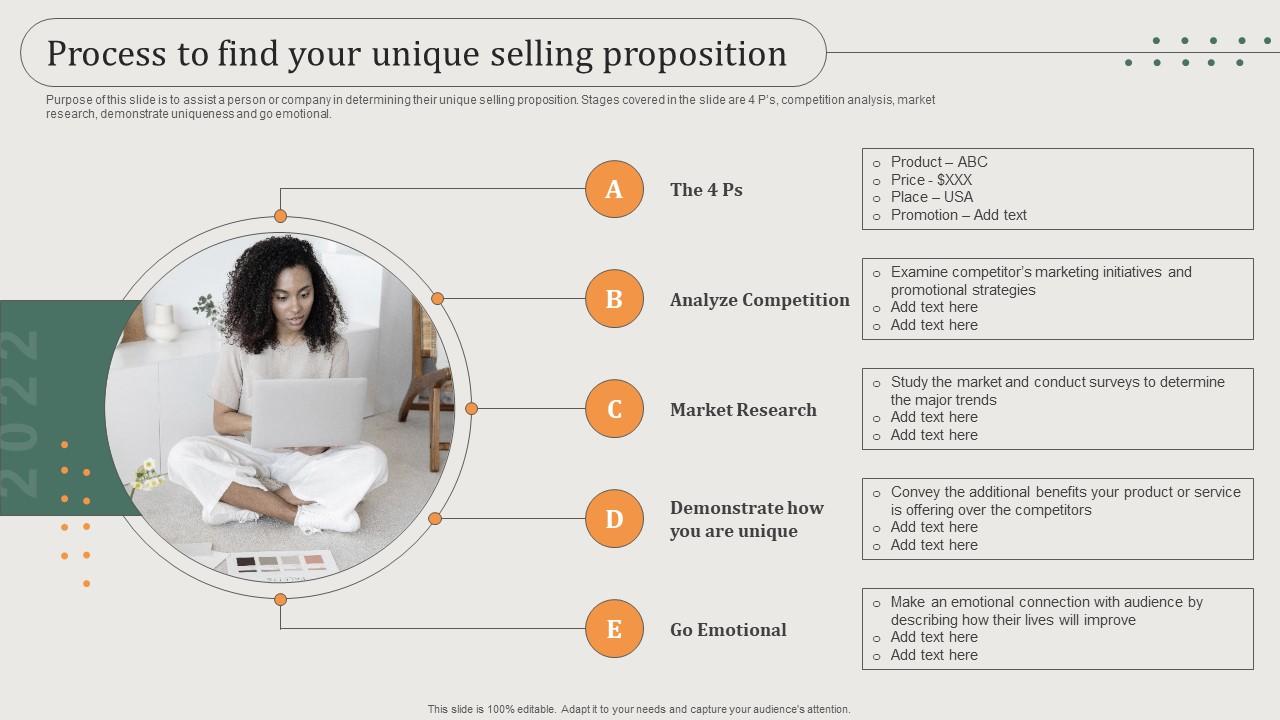The Art of Introduction: Setting the Tone for a Meaningful Connection
When it comes to making a lasting impression, the subject of an introduction email plays a crucial role. A well-crafted introduction email can set the tone for a meaningful connection, increasing the chances of a response and potentially leading to a valuable relationship. In today’s digital age, where inboxes are flooded with emails, it’s essential to make a strong first impression to stand out from the crowd.
A good introduction email should be clear, concise, and relevant to the recipient. It should provide value and showcase the sender’s expertise, making the recipient want to read more. A poorly written introduction email, on the other hand, can lead to deletion or, worse, a negative impression. With the average person receiving numerous emails daily, the competition for attention is fierce.
So, what makes a great introduction email? It starts with a compelling subject line that accurately reflects the content of the email and grabs the reader’s attention. The subject line should be short, yet descriptive, and include relevant keywords to help the email get past spam filters. A well-written subject line can make all the difference in getting the email opened and read.
Once the email is opened, the introduction should be brief and to the point. It should provide a clear and concise overview of the purpose of the email and what the recipient can expect to gain from reading it. A good introduction email should also be personalized, addressing the recipient by name and showing that the sender has taken the time to research them and understand their needs.
By crafting a well-written introduction email, businesses and individuals can increase their chances of making a meaningful connection with their audience. Whether it’s to introduce a new product, service, or idea, a great introduction email can set the tone for a successful relationship. In the next section, we’ll explore the importance of defining your purpose and what to include in the subject line of an introduction email.
Defining Your Purpose: What to Include in the Subject Line
When it comes to crafting a compelling introduction email, the subject line plays a crucial role in grabbing the reader’s attention. The subject line is often the first thing the recipient sees, and it can make or break the decision to open the email. A clear and concise subject line can help define the purpose of the email and entice the reader to open it.
A good subject line should accurately reflect the content of the email and include relevant keywords to help the email get past spam filters. It’s essential to keep the subject line short and to the point, ideally no more than 5-7 words. Using action verbs like “Discover,” “Learn,” or “Get” can help create a sense of urgency and encourage the reader to open the email.
When crafting a subject line, consider the following tips:
- Use relevant keywords to help the email get past spam filters
- Keep the subject line short and to the point
- Use action verbs to create a sense of urgency
- Avoid using spammy words or phrases
- Use a clear and concise format
By including the main keyword “subject of an introduction email” in the subject line, you can help improve the email’s visibility in search results and increase the chances of it being opened. For example, a subject line like “Discover the Secret to Crafting the Perfect Introduction Email” can help grab the reader’s attention and entice them to open the email.
In the next section, we’ll explore the importance of personalization in an introduction email and provide tips on how to address the recipient in a way that shows you’ve taken the time to research them and understand their needs.
Personalization is Key: How to Address the Recipient
When it comes to writing an introduction email, personalization is key to making a good impression. Addressing the recipient by name and showing that you’ve taken the time to research them and understand their needs can go a long way in building trust and establishing a connection.
A personalized introduction email shows that you’re interested in the recipient and willing to take the time to tailor your message to their specific needs. This can be especially effective in business-to-business (B2B) emails, where building relationships and establishing trust is crucial.
So, how can you personalize an introduction email? Here are a few tips:
- Use the recipient’s name in the greeting and throughout the email
- Reference the recipient’s company or industry to show you’ve done your research
- Mention a specific challenge or pain point the recipient may be facing and offer a solution
- Use language and tone that resonates with the recipient’s brand and values
By personalizing an introduction email, you can increase the chances of it being opened and read. A personalized email is more likely to stand out in a crowded inbox and grab the recipient’s attention.
For example, an introduction email that starts with “Hi [Recipient’s Name], I came across your company [Company Name] and was impressed by your work in [Industry]” shows that you’ve taken the time to research the recipient and understand their needs. This can help establish a connection and build trust, making the recipient more likely to respond to the email.
In the next section, we’ll explore the importance of keeping an introduction email brief and to the point, and provide tips on how to balance brevity with providing enough information to spark the reader’s interest.
Keeping it Brief: The Ideal Length of an Introduction Email
When it comes to writing an introduction email, it’s essential to strike the right balance between brevity and providing enough information to spark the reader’s interest. A well-crafted introduction email should be concise, yet informative, and should leave the reader wanting to learn more.
So, what is the ideal length of an introduction email? While there is no one-size-fits-all answer, a good rule of thumb is to aim for an email that is between 100-150 words in length. This allows you to provide a brief introduction, highlight your unique selling proposition (USP), and include a clear call to action (CTA) without overwhelming the reader.
When writing an introduction email, it’s essential to prioritize the most critical information and cut out any unnecessary words or phrases. Use clear and concise language, and avoid using jargon or technical terms that may confuse the reader.
Here are some tips for keeping your introduction email brief:
- Focus on the most critical information and cut out any unnecessary words or phrases
- Use clear and concise language
- Avoid using jargon or technical terms
- Use bullet points or short paragraphs to break up the text
- Include a clear call to action (CTA) to encourage the reader to take the next step
By keeping your introduction email brief and to the point, you can increase the chances of it being read and responded to. Remember, the goal of an introduction email is to spark the reader’s interest and encourage them to learn more, not to tell them everything about your product or service.
In the next section, we’ll explore the importance of highlighting your unique selling proposition (USP) in an introduction email and provide tips on how to showcase your value proposition in a way that resonates with the reader.
Showing Value: How to Highlight Your Unique Selling Proposition
When it comes to writing an introduction email, it’s essential to highlight your unique selling proposition (USP) to differentiate yourself from the competition and showcase your value to the reader. Your USP is what sets you apart from others in your industry, and it’s what will make the reader want to learn more about your product or service.
So, how can you highlight your USP in an introduction email? Here are a few tips:
- Clearly state your USP in the email
- Use specific examples or case studies to demonstrate your USP
- Highlight the benefits of your USP, rather than just listing features
- Use language that resonates with your target audience
For example, if you’re a marketing agency, your USP might be your ability to increase website traffic by 20% in just 6 weeks. You could highlight this in your introduction email by saying something like, “Our team of experts has a proven track record of increasing website traffic by 20% in just 6 weeks. We’d love to show you how we can help your business achieve similar results.”
By highlighting your USP in your introduction email, you can show the reader that you have a unique solution to their problem, and that you’re worth learning more about. This can help increase the chances of the reader responding to your email and taking the next step.
In the next section, we’ll explore the importance of including a clear call to action (CTA) in the closing of an introduction email, and provide tips on how to craft a CTA that encourages the reader to take the next step.
Call to Action: What to Include in the Closing
When it comes to writing an introduction email, the closing is just as important as the opening. A clear call to action (CTA) can encourage the reader to take the next step and engage with your product or service. In this section, we’ll explore the importance of including a CTA in the closing of an introduction email and provide tips on how to craft a CTA that resonates with the reader.
A CTA is a statement that tells the reader what action to take next. It can be as simple as “Schedule a call to discuss further” or “Sign up for our newsletter to stay up-to-date on industry news.” The key is to make the CTA clear, concise, and relevant to the reader’s interests.
Here are some tips for crafting a CTA that encourages the reader to take the next step:
- Make the CTA clear and concise
- Use action-oriented language, such as “Sign up” or “Schedule a call”
- Make the CTA relevant to the reader’s interests
- Use a sense of urgency, such as “Limited time offer” or “Don’t miss out”
For example, if you’re a software company, your CTA might be “Schedule a demo to see our product in action.” This CTA is clear, concise, and relevant to the reader’s interests. It also creates a sense of urgency, encouraging the reader to take action sooner rather than later.
By including a clear CTA in the closing of an introduction email, you can encourage the reader to take the next step and engage with your product or service. This can help increase the chances of converting the reader into a customer.
In the next section, we’ll explore best practices for following up on an introduction email and provide tips on how to keep the conversation going and build on the initial connection.
Best Practices for Follow-up: How to Keep the Conversation Going
After sending an introduction email, it’s essential to follow up with the recipient to keep the conversation going and build on the initial connection. A well-crafted follow-up email can help to further establish your relationship with the recipient and increase the chances of converting them into a customer.
Here are some best practices for following up on an introduction email:
- Wait a few days before sending a follow-up email to give the recipient time to respond
- Use a clear and concise subject line that references the initial email
- Reiterate your interest in the recipient’s business and highlight any additional value you can provide
- Include a clear call to action (CTA) to encourage the recipient to take the next step
- Use a friendly and professional tone to maintain a positive relationship
For example, a follow-up email might look like this:
“Hi [Recipient’s Name], I wanted to follow up on my email from last week regarding [Topic]. I understand that you may be busy, but I wanted to reiterate my interest in discussing [Topic] further with you. If you’re available, I’d love to schedule a call to explore how we can help your business. Please let me know if this is something you’d be interested in, and we can schedule a time that works for you.”
By following up on an introduction email, you can keep the conversation going and build on the initial connection. This can help to establish a stronger relationship with the recipient and increase the chances of converting them into a customer.
In the next section, we’ll discuss common mistakes to avoid when writing an introduction email and provide tips on how to steer clear of pitfalls that can harm your chances of making a good impression.
Common Mistakes to Avoid: Introduction Email Pitfalls
When writing an introduction email, it’s essential to avoid common mistakes that can harm your chances of making a good impression. In this section, we’ll discuss some of the most common pitfalls to watch out for and provide tips on how to steer clear of them.
Here are some common mistakes to avoid when writing an introduction email:
- Using a generic or impersonal greeting
- Writing a subject line that is too long or too short
- Not providing enough context or background information
- Using jargon or technical terms that may confuse the reader
- Not including a clear call to action (CTA)
- Using a tone that is too formal or too informal
By avoiding these common mistakes, you can increase the chances of making a good impression and establishing a meaningful connection with the recipient.
For example, using a generic or impersonal greeting such as “Dear Sir/Madam” can come across as lazy and unprofessional. Instead, use a personalized greeting that addresses the recipient by name.
Similarly, writing a subject line that is too long or too short can harm your chances of getting the email opened. Aim for a subject line that is clear, concise, and accurately reflects the content of the email.
By following these tips and avoiding common mistakes, you can write an introduction email that makes a lasting impression and sets the tone for a meaningful connection.






